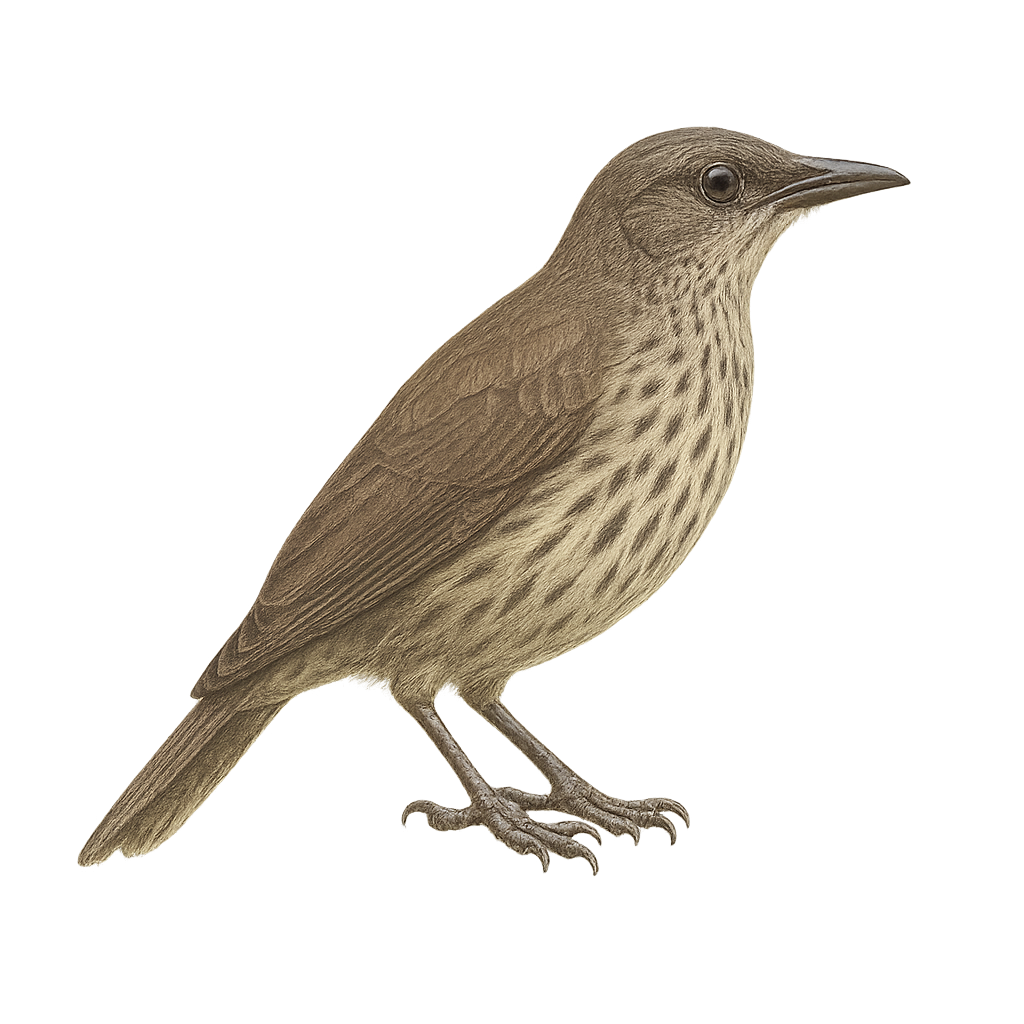Your wildlife photography guide.
Explore the polynesian starling in detail, study its behavior, prepare your shots.
Where to observe and photograph the polynesian starling in the wild
Learn where and when to spot the polynesian starling in the wild, how to identify the species based on distinctive features, and what natural environments it inhabits. The WildlifePhotographer app offers tailored photography tips that reflect the polynesian starling’s behavior, helping you capture better wildlife images. Explore the full species profile for key information including description, habitat, active periods, and approach techniques.
Polynesian Starling
Scientific name: Aplonis tabuensis

IUCN Status: Least Concern
Family: STURNIDAE
Group: Birds
Sensitivity to human approach: Suspicious
Minimum approach distance: 10 m
Courtship display: September to October
Incubation: 14-15 jours
Hatchings: September to November
Habitat:
Tropical forests, mangroves, wooded areas
Activity period :
Primarily active during the day, with peak activity in the morning and late afternoon.
Identification and description:
The Polynesian Starling, or Aplonis tabuensis, is a medium-sized bird belonging to the Sturnidae family. It is primarily found in the islands of Polynesia, where it inhabits tropical forests, mangroves, and wooded areas. This bird is distinguished by its dark, glossy plumage, often black with metallic sheens. Known for its adaptability, it thrives even in disturbed habitats. The Polynesian Starling is a sociable bird, often seen in small groups. Its diet is varied, including fruits, insects, and sometimes small vertebrates. Although its conservation status is currently "least concern," monitoring its populations is essential due to potential threats such as deforestation and invasive species.
Recommended lens:
400 mm – adjust based on distance, desired framing (portrait or habitat), and approach conditions.
Photography tips:
To photograph the Polynesian Starling, it is advisable to use a telephoto lens of at least 400mm to capture detailed images without disturbing the bird. Look for areas where these birds are active, such as tropical forests or mangroves. Be patient and discreet, as they can be suspicious of humans despite being sociable. Take advantage of the early morning or late afternoon hours to benefit from soft natural light that will highlight their glossy plumage.
The WildlifePhotographer App is coming soon!
Be the first to explore the best nature spots, track rutting seasons, log your observations, and observe more wildlife.
Already 1 432 wildlife lovers subscribed worldwide

